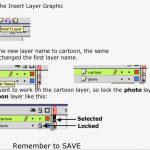@c
Thanks. Micro.blog feels more like a reader than a silo to me.
I am in complete agreement with you about the advantages or replying on your own site. However, at the moment, it can be a slightly confusing experience.
Posting here I could use the Indieweb reply bookmarklet and or fill in the ‘Post properties’ section on the WordPress post editor (provided by one of the Indieweb plugins). On some sites I could also paste a link to my post into the site I am replying too. I could try all three.
The results both here and on the site replied to vary. I am not sure I’ve managed to send a webmention to a known site from here. On some sites this will produce a link on others the whole text.
On this site, using the ‘post properties’ I’ll get the whole of your post quoted as a huge link.
I guess I should spend more time reading to understand exactly what is going on but I then to lazily expect to be able to work out things by doing.







